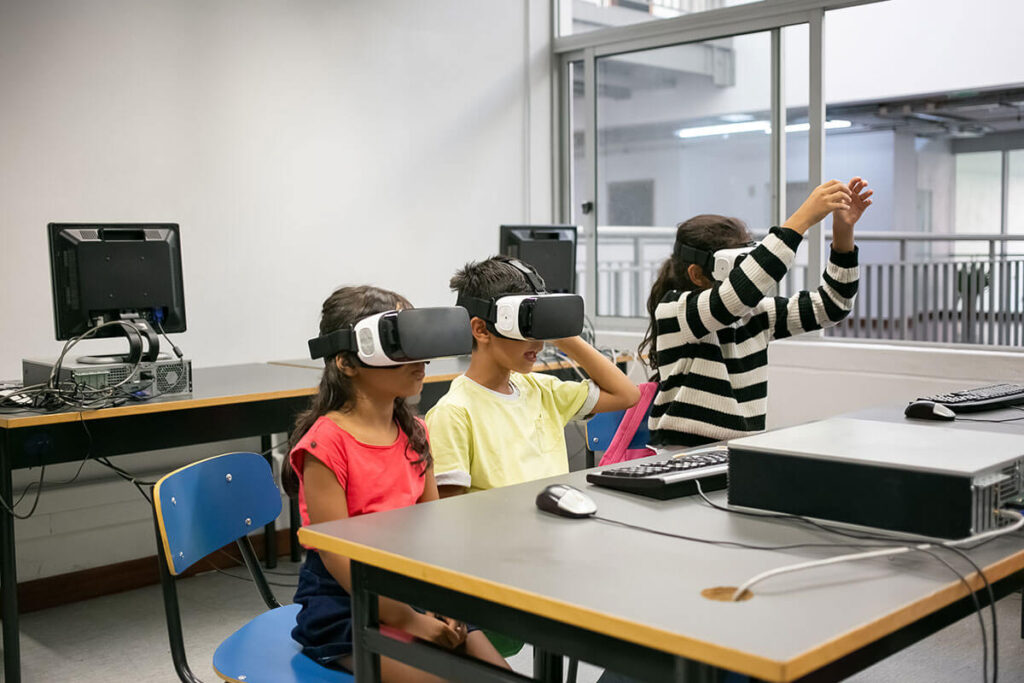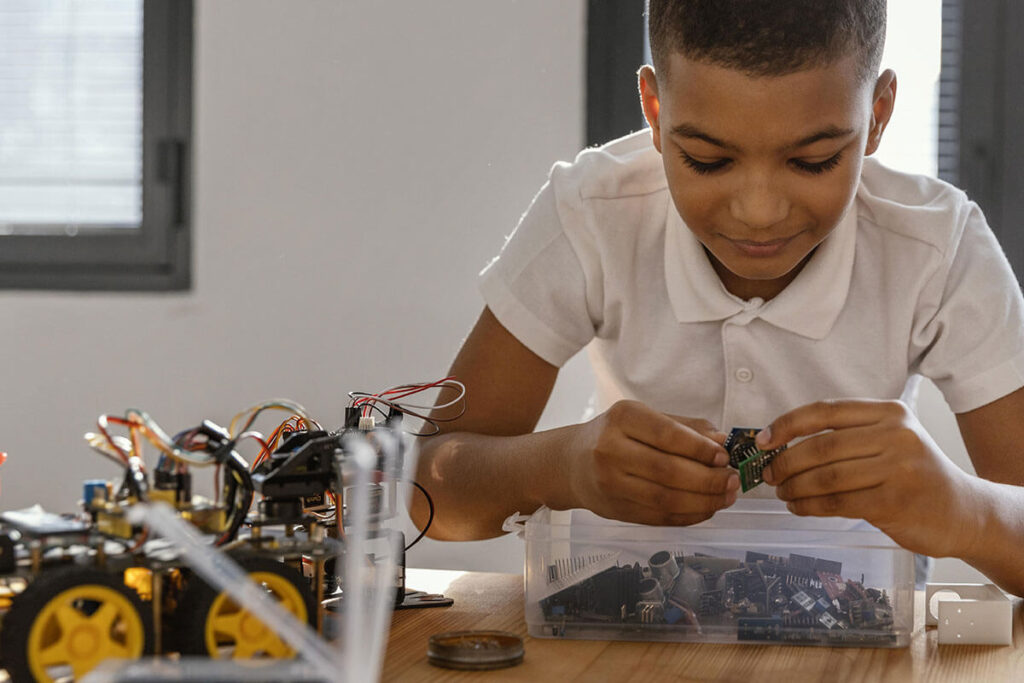Empowering Elementary Students: 3 Strategies for Building Content Knowledge and Enhancing Project-Based Learning
As elementary students begin to build their reading skills, it is crucial to provide them with content knowledge that will help them engage in project-based learning. Building content knowledge can be challenging, but there are effective strategies that teachers and parents can use to support this process. In this blog, we will outline three strategies …





